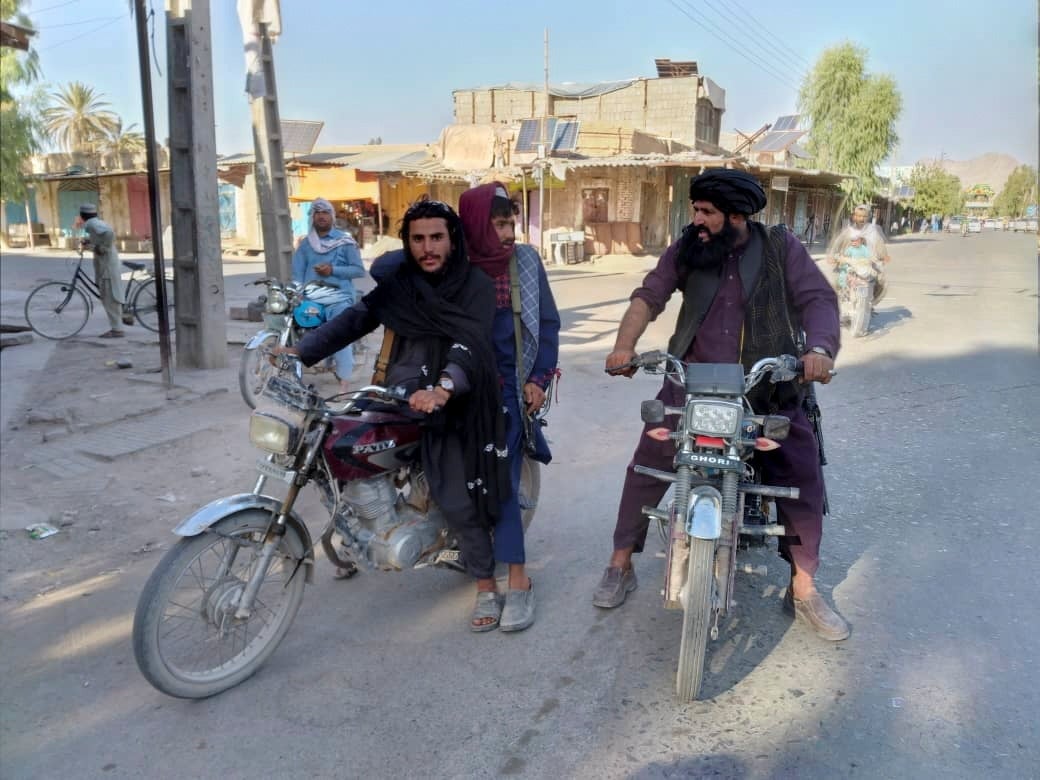The fall of Afghanistan is the result of a financial judgement
In Washington, the US Senate approved a $1 trillion package for America’s infrastructure. A few days later, Senate Democrats unveiled a $3.5 trillion anti-poverty plan, likely to be fiercely contested, that is also part of the Biden administration’s core agenda.


In Washington, the US Senate approved a $1 trillion package for America’s infrastructure. A few days later, Senate Democrats unveiled a $3.5 trillion anti-poverty plan, likely to be fiercely contested, that is also part of the Biden administration’s core agenda.
Thousands of miles away, in the same week, the Taliban rapidly took over Afghanistan. Its second largest city, Kandahar, fell on Aug. 13 and Kabul followed on Aug. 15. President Ashraf Ghani fled the country, as did foreign diplomats and some civilians, with Kabul’s main airport a scene of violence and chaos. The Taliban has now taken every major city in Afghanistan.
Over the past 20 years, the US spent around $1 trillion in Afghanistan, only to return to square one as soon as it departed. Nation-building is expensive, and US president Joe Biden has chosen to spend the money at home rather than in a hostile, complex overseas environment that he feels is no longer America’s problem. “I do not regret my decision [to pull the US out of Afghanistan],” said Biden on Aug. 10. “Afghan leaders have to come together. They’ve got to fight for themselves, fight for their nation.”
Planning the US withdrawal from Afghanistan
The Trump administration announced its deal with the Taliban in February 2020, in the Qatari capital Doha. Under its terms, the US and NATO allies would leave Afghanistan within 14 months if, among other things, the Taliban severed ties with Al-Qaeda and removed extremists from the region. The official Afghan government was not involved in talks.
Joe Biden reviewed the deal after the US election, and forged ahead with a plan to end American involvement by the symbolic date of Sept. 11, 2021—20 years after the devastating terror attack that precipitated the US effort to remove the Taliban in the first place.
Meanwhile, the US president has mapped out an ambitious domestic agenda for which every cent is needed, and has decided that the financial cost of staying in Afghanistan is greater than the cost of leaving. The moral and geopolitical imperatives have shifted.
What will the Taliban do now?
The Taliban never went away. In the two decades since the US-led invasion, its power base shifted to more remote, inaccessible parts of Afghanistan, and militants made regular, deadly incursions into Kabul and other major cities.
I spent some time in Afghanistan in 2011. Kabul was still a highly militarized city 10 years after the Taliban had supposedly gone, and we were not allowed to travel without minders and armored vehicles. However, there were signs of life in markets and other commercial areas, and the stunning Shomali Plain, in the shadow of the Himalayas just north of the city, was once again producing high-quality fruit and vegetables after decades of mistreatment under the Soviets and the Taliban.
What happens next is unclear. Despite Taliban pledges to run Afghanistan with fairness and civility, and to retreat from extremism, reports have already emerged of extrajudicial killings, forced marriages, and severe restrictions. Women, in particular, are fearful. Thousands of Afghans fled from Taliban-controlled areas to Kabul, which the Taliban entered only days later.
This piece has been updated.